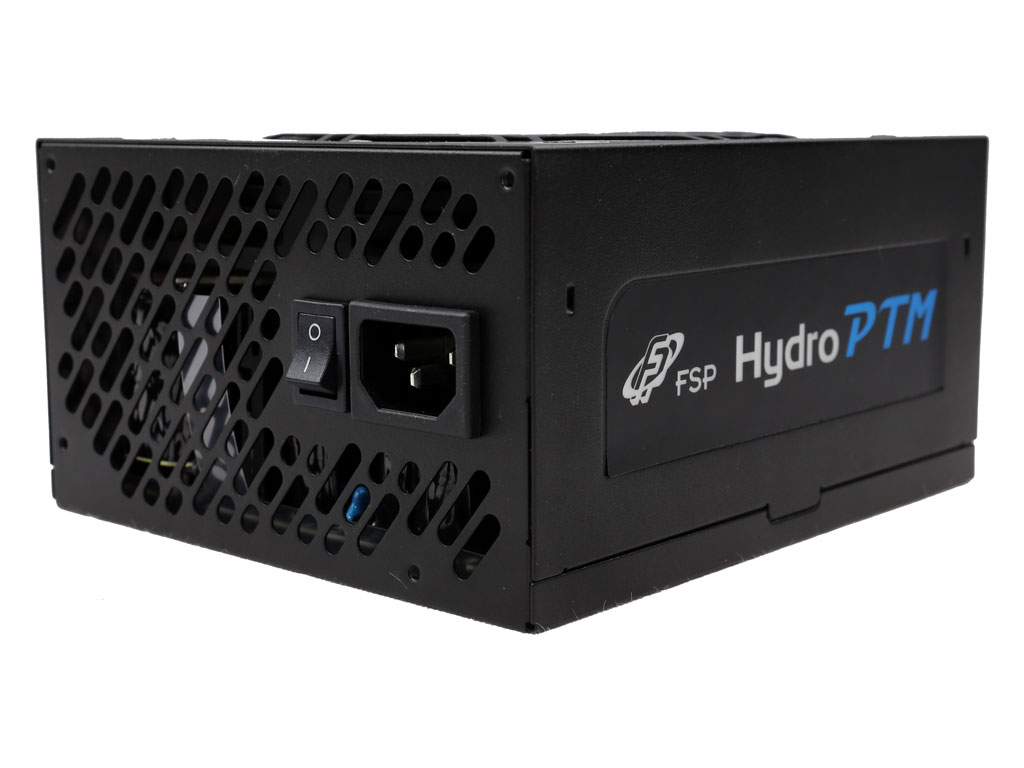FSP Hydro PTM 650W PSU Review: Clean, Quiet Power for Mid-Range PCs
Why you can trust Tom's Hardware
Final Analysis
The HPT650M is a nice-looking power supply that easily stands apart from the crowd. But most enthusiasts would argue that aesthetics aren't particularly important in the world of PSUs, and we'd agree. In our opinion, it'd be better if the HPT650M distinguished itself with impressive performance instead of an inspired exterior.
FSP's underlying platform is good. However, it's not strong enough to match the benchmark results from similar-capacity PSUs made by Seasonic, CWT, and Super Flower. We'd be a little more forgiving if the HPT650M's price tag was lower, but it's not. For the same amount of money you can get Seasonic's excellent Focus Plus Platinum instead.
Moving forward, we hope that FSP improves this design's overall performance. Specifically, it needs to address the minor rails' mediocre transient response and extend the short hold-up time. We expect high-end power supplies to offer a hold-up time longer than 17ms. At least the HPT650M's power-good signal is accurate.
We're even more concerned that FSP put two EPS connectors on a single cable. This can lead to huge problems if you use both connectors to feed a power-hungry CPU. Given that each connector delivers up to 336W, doubling that amount of power could easily melt the cable, especially if it consists of 18-gauge wires. We're happy to see a company offer two EPS connectors on a 650W power supply. But they have to be implemented properly, otherwise it's better not to have them at all.
FSP's rails clearly don't match the competition when it comes to load regulation and transient response. However, the 5VSB rail sets an example for other manufacturers to follow thanks to its high efficiency. In fact, the HPT650M's 5VSB circuit is one of the most efficient we've ever measured. FSP takes the standby rail very seriously, contrary to other OEMs that don't put as much effort into getting it right.
The HPT650M's most notable advantage compared to the other PSUs in this category is its quiet operation, achieved through the use of a low-speed FDB fan and its relaxed speed profile. Although the HPT650M doesn't offer a semi-passive mode, you won't hear this PSU at idle because of how slowly the fan spins under light loads. We think this is the best approach to cooling, since it doesn't allow for heat to build up inside of the PSU. Sensitive components like electrolytic capacitors don't wear out prematurely as a result.
With a number of upgrades, this could be a very good product capable of matching its competition. Until FSP applies those fixes, though, the company should seriously consider a lower price to make the HPT650M more appealing to enthusiasts and gamers who do their research.
Get Tom's Hardware's best news and in-depth reviews, straight to your inbox.
MORE: Best Power Supplies
MORE: How We Test Power Supplies
MORE: All Power Supply Content
Disclaimer: Aris Mpitziopoulos is Tom's Hardware's PSU reviewer. He is also the Chief Testing Engineer of Cybenetics, and developed the Cybenetics certification methodologies apart from his role on Tom's Hardware. Neither Tom's Hardware nor its parent company, Future PLC, are financially involved with Cybenetics. Aris does not perform the actual certifications for Cybenetics.
Current page: Final Analysis
Prev Page Performance, Value, Noise and Efficiency
Aris Mpitziopoulos is a contributing editor at Tom's Hardware, covering PSUs.
